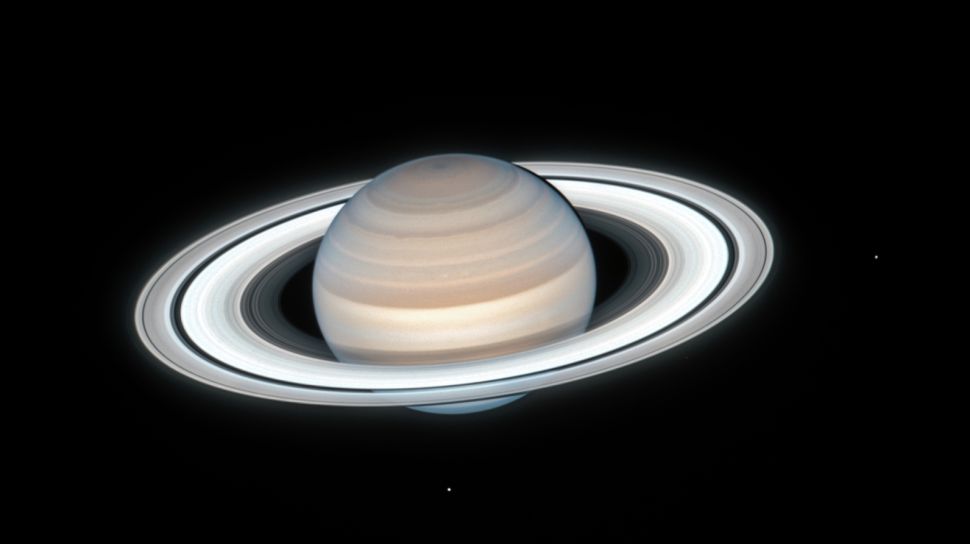Suara.com – To scientist detect ripples in the deepest ring Saturn and the event was able to reveal the inner core of the ringed planet.
This new study uses data from the mission Cassini NASA.
In 2013, data from the mission revealed for the first time that Saturn’s innermost ring, the D-ring, rippled and rotated in mysterious patterns.
In the new study, the ring’s motion could provide information about processes in the planet’s interior.
Also Read:
Radiation Could Trigger Life on Mars
“We use Saturn’s rings to measure oscillations within the planet. This is the first time we have been able to seismically investigate the structure of a gas giant planet and the results are quite surprising,” said Jim Fuller, assistant professor of astrophysics at Caltech.
Experts found that the planet’s core was not only muddy, but also appeared to extend up to 60 percent of the planet’s diameter.
This condition makes it much larger than previously estimated.
Analysis suggests that Saturn’s core may be about 55 times larger than Earth’s.
Instead of being solid like Earth, Saturn’s core consists of liquid metal and ice and rock.
Also Read:
Scientists Find Baby Sun, 600 Million Years Old
According to Christopher Mankovich, lead author of the study, explains that motion in the core causes Saturn’s surface to constantly ripple.
Reported from Space.com, Tuesday (17/8/2021), these surface waves create small changes in the planet’s gravity that affect the rings.
Experts say that the ripple properties of the ring indicate that the core consists of a stable layer.
The heavier materials are located around the center of the planet and do not mix with the lighter ones at the surface.
![NASA's Juno spacecraft to Jupiter, Tuesday (5/7/2016). [Daily Mail]](https://media.suara.com/pictures/653x366/2016/07/05/o_1amtcd2621kke11tt1a181q3j15vea.jpg)
Interestingly, new findings by NASA’s Juno mission recently also suggest that the gas giant planet Jupiter may also have a similar core.
– .


